Frequency range: 26.5- 28MHz SWR: ≤1.2:1 Max. power: 35W continuous 250W Short time Bandwidth at S.W.R. 2:1: 1900KHz Impedance: 50ohm Whip length: 1200mm Adjustment: 0~90° Cable Length: RG58/157" Po...
See DetailsHow Can a CB Antenna Boost Emergency Communication?
In emergency situations, reliable communication is critical for coordination and safety. Citizens Band (CB) radios, when equipped with a CB antenna, have been utilized as a backup communication tool for decades.
Understanding the CB Antenna and Its Functionality
What Is a CB Antenna?
A CB antenna is a specialized device designed to transmit and receive radio signals within the Citizens Band spectrum, which operates at 27 MHz. It is commonly paired with CB radios to facilitate short-range communication.
How a CB Antenna Operates
The CB antenna converts electrical signals from a CB radio into electromagnetic waves for transmission and vice versa for reception. Key operational factors include:
-
Signal Propagation: CB antennas leverage ground wave propagation for coverage over terrain, with ranges typically extending several miles.
-
Antenna Gain: Higher gain models can focus energy to improve effective range and clarity.
-
Impedance Matching: Proper matching between the antenna and radio minimizes signal loss and maximizes efficiency.
Ways a CB Antenna Enhances Emergency Communication
Improving Reliability in Critical Situations
During emergencies, infrastructure such as cellular networks may become compromised. A CB antenna contributes to reliability through:
-
Independence from External Networks: CB systems operate without reliance on cellular towers or internet connectivity.
-
Robust Construction: Many CB antennas are built to endure extreme weather and physical stress.
-
Consistent Operation: With backup power sources, CB communication can remain functional during widespread power outages.
Extending Communication Range
A well-configured CB antenna can expand the coverage area in emergency scenarios:
-
Ground Wave Advantages: This propagation mode allows signals to follow the Earth's surface, enabling communication in obstructed environments.
-
Atmospheric Conditions: Under certain conditions, such as during ionospheric skip, CB signals can achieve longer distances.
-
Optimized Placement: Elevating the CB antenna improves line-of-sight transmission and reduces interference.
Facilitating Accessibility and Ease of Use
CB systems with a CB antenna are known for their practicality in emergencies:
-
No Licensing Requirements: In many jurisdictions, CB radio use does not mandate a license, allowing quick deployment.
-
Portability Options: Mobile and base station CB antennas can be set up rapidly in various locations.
-
Interoperability: CB radios enable communication between multiple users, supporting group efforts in disasters.
Applications in Real-World Emergency Scenarios
Use in Natural Disasters
Events like hurricanes, wildfires, or earthquakes often disrupt traditional communication:
-
A CB antenna allows for coordination among responders and affected individuals when other systems are inoperative.
-
Documented instances include CB radio use in rural disaster responses to relay information.
Role in Remote and Isolated Areas
In regions with limited communication infrastructure:
-
The CB antenna serves as a cost-effective tool for maintaining contact during emergencies.
-
It supports operations such as wilderness rescues and remote community alerts.
Important Considerations for Effective Use
Installation and Maintenance Guidelines
To ensure a CB antenna performs optimally in emergencies:
-
Proper Mounting: Install the antenna at a high point, away from obstructions, to maximize signal strength.
-
Routine Inspections: Check for physical damage, corrosion, or loose connections regularly.
-
System Testing: Conduct periodic tests to verify that the CB antenna and radio are functioning correctly.
Adherence to Regulatory Standards
Users must comply with applicable regulations to avoid interference:
-
Frequency Allocation: Operate only on authorized CB channels to prevent legal issues.
-
Power Limitations: CB radios are generally restricted to 4 watts output in many regions to minimize interference.
-
Responsible Usage: Avoid monopolizing channels to ensure availability for emergency traffic.
A CB antenna can significantly boost emergency communication by providing a dependable, extended-range, and accessible option. Through proper understanding of its capabilities and adherence to best practices, individuals and organizations can integrate a CB antenna into their emergency preparedness plans. This approach enhances resilience in situations where traditional communication methods are compromised.

 English
English Español
Español
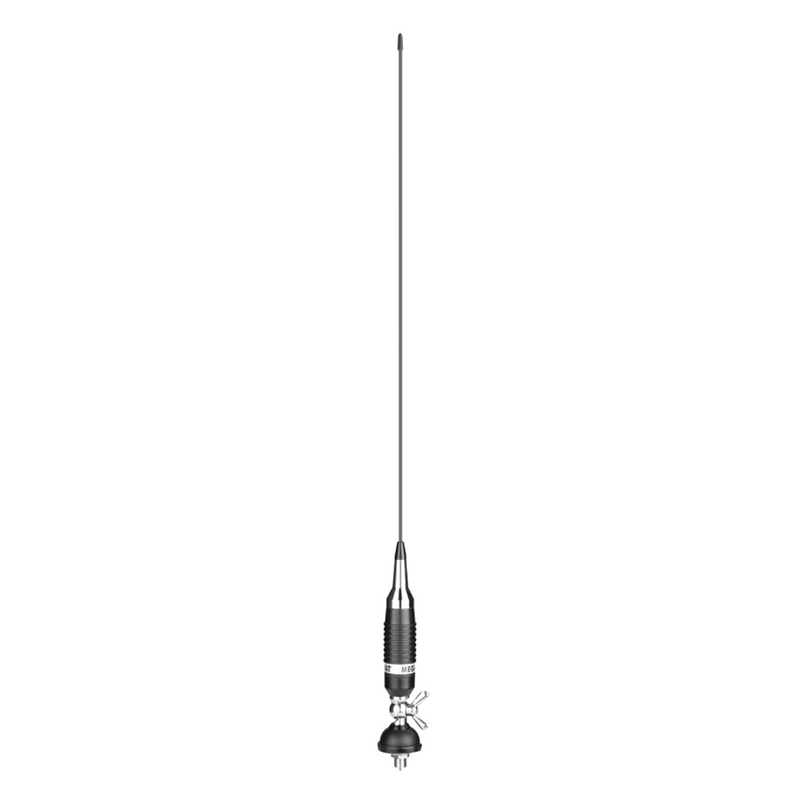
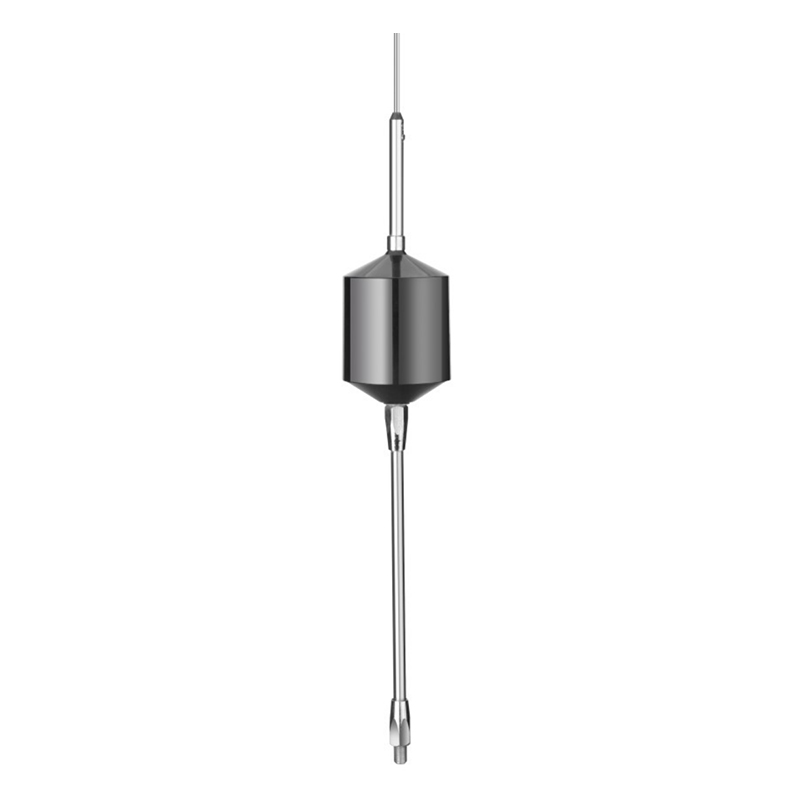

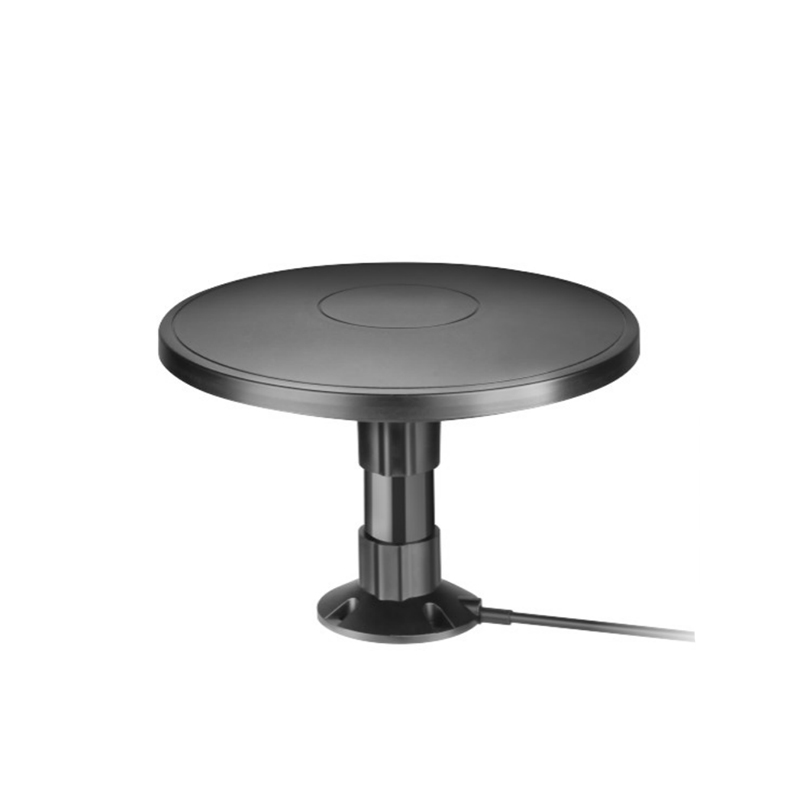
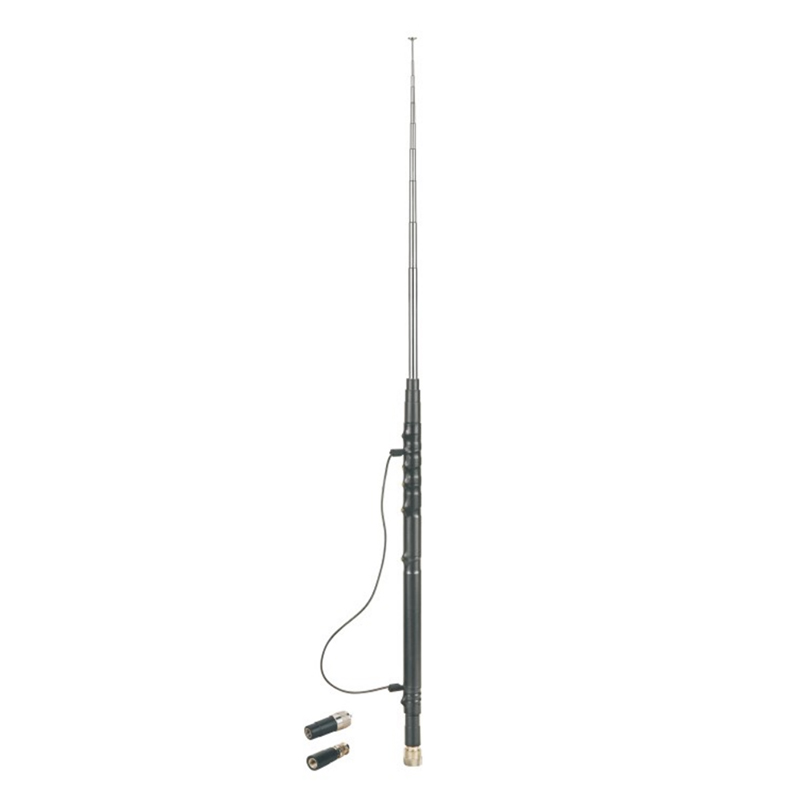
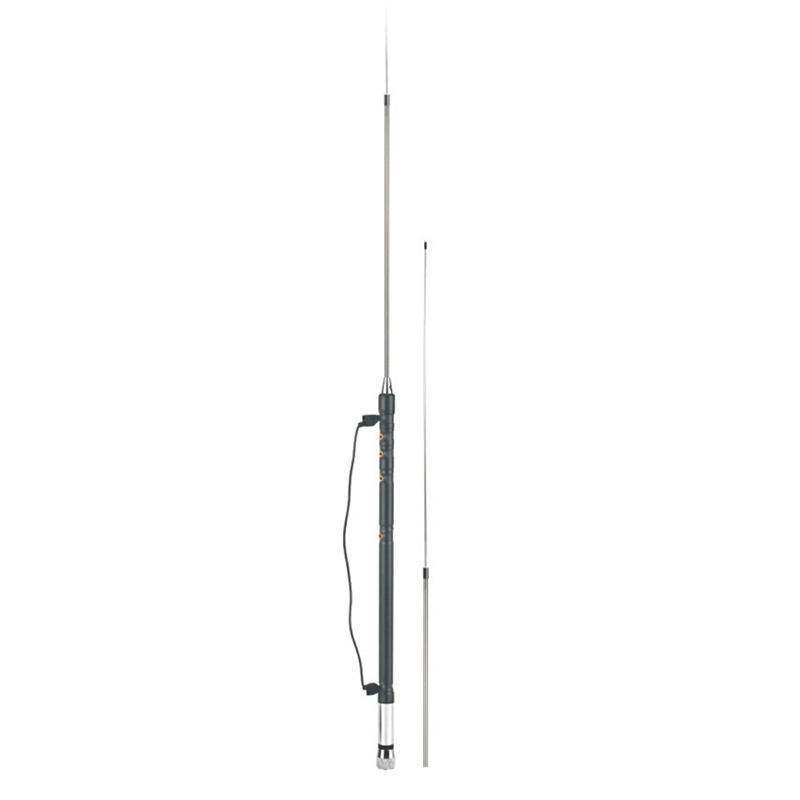
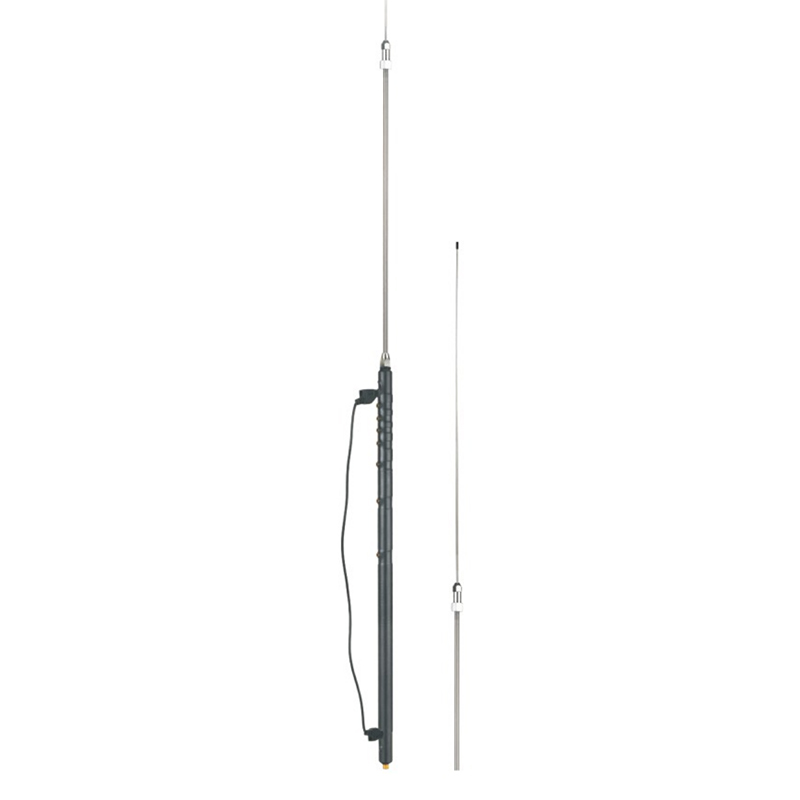
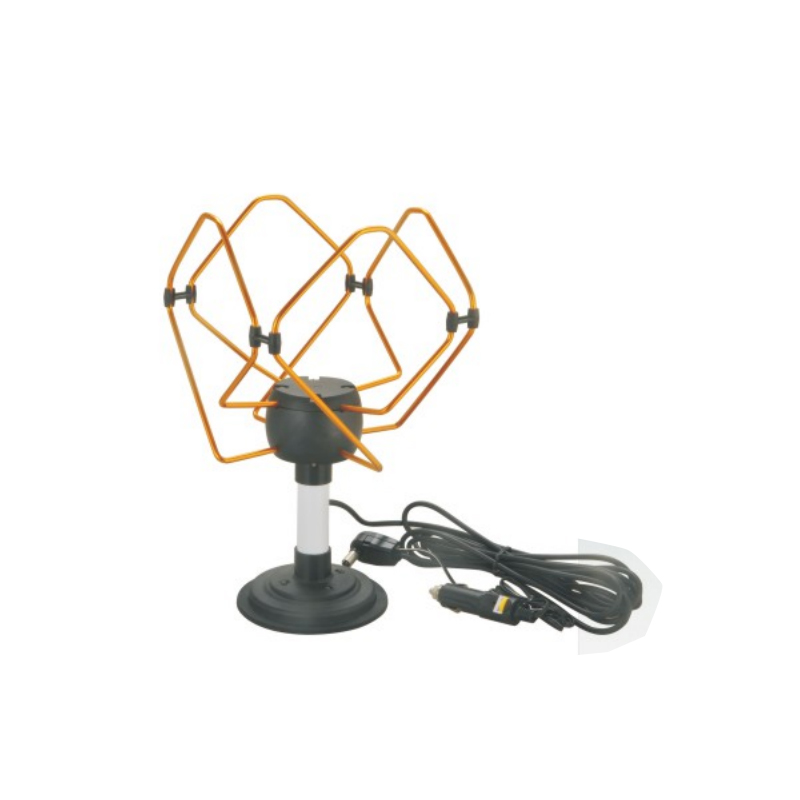
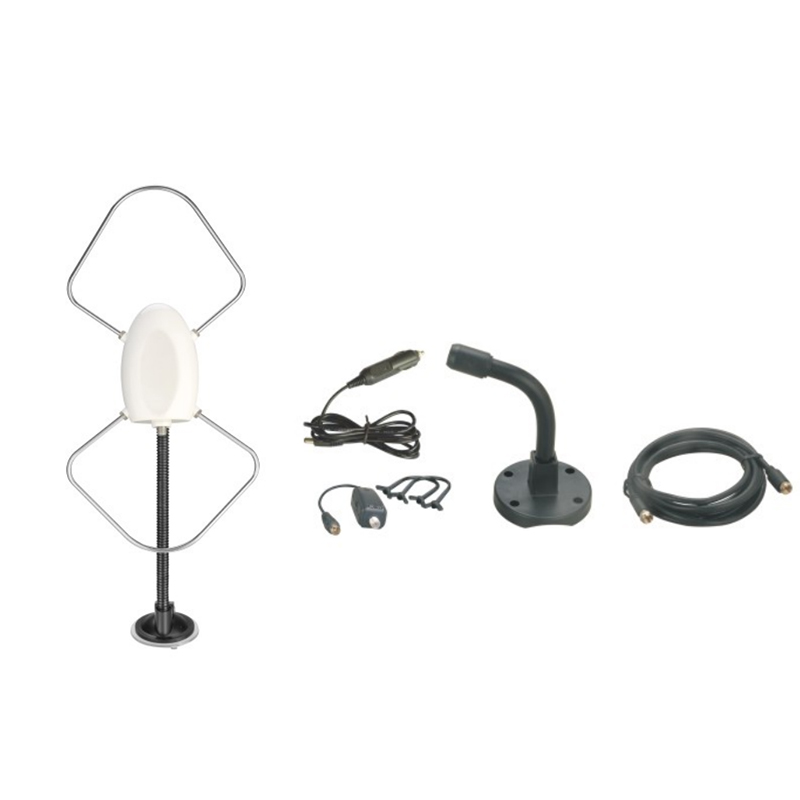
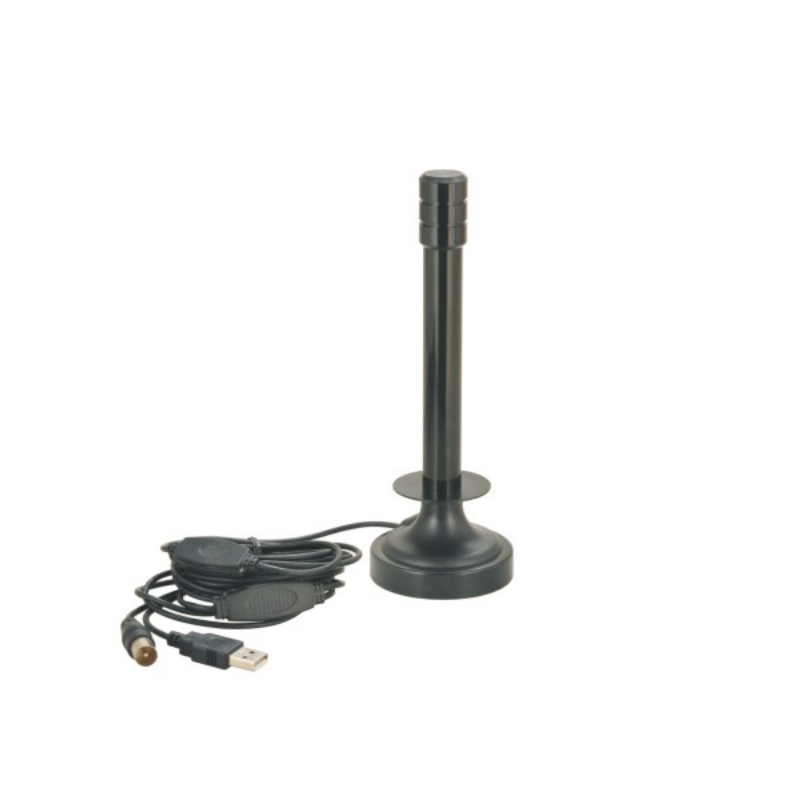
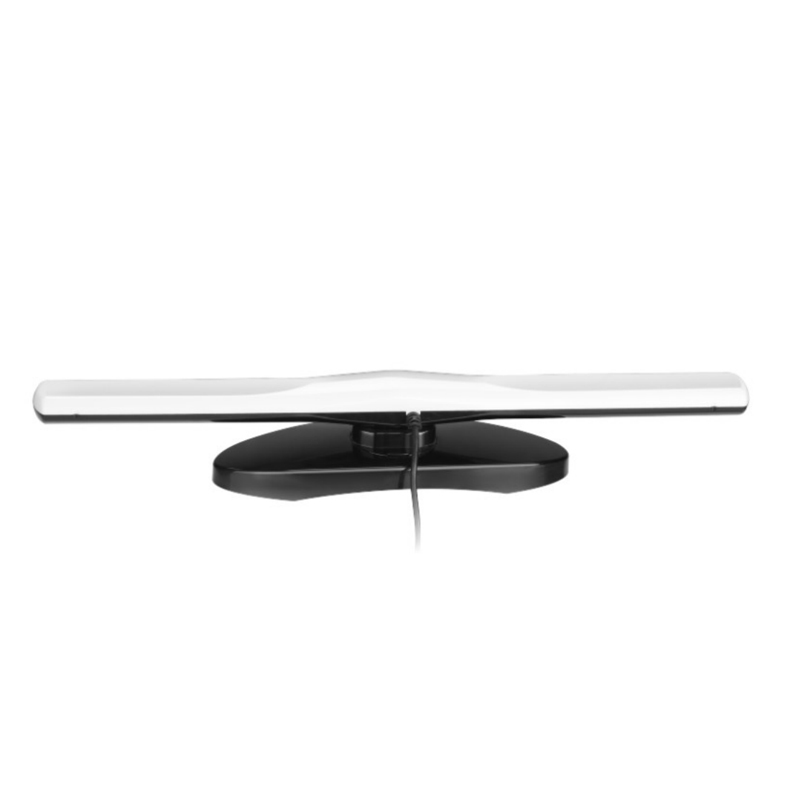
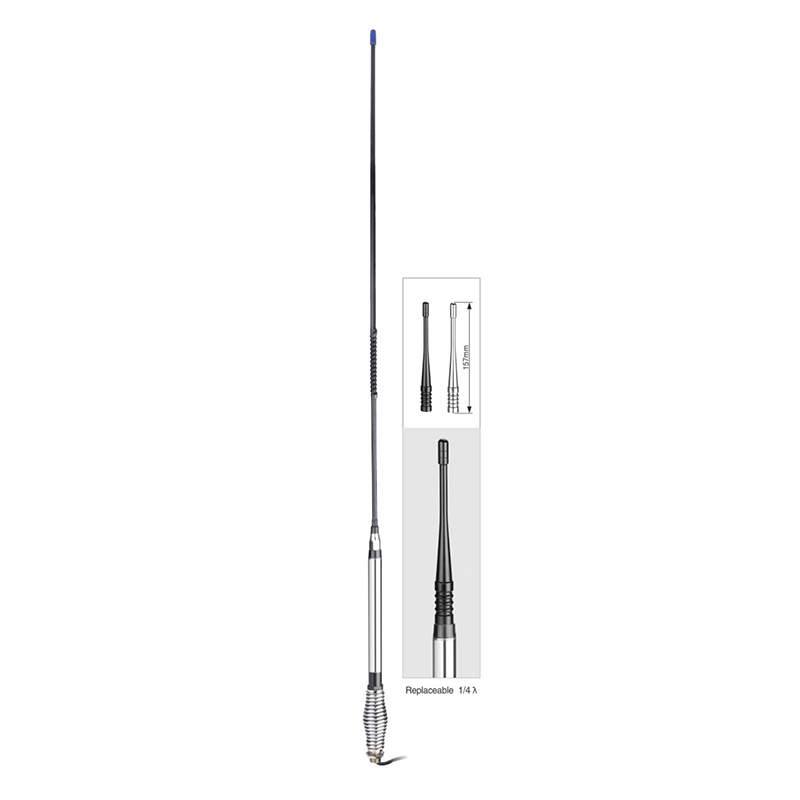

Contact Us